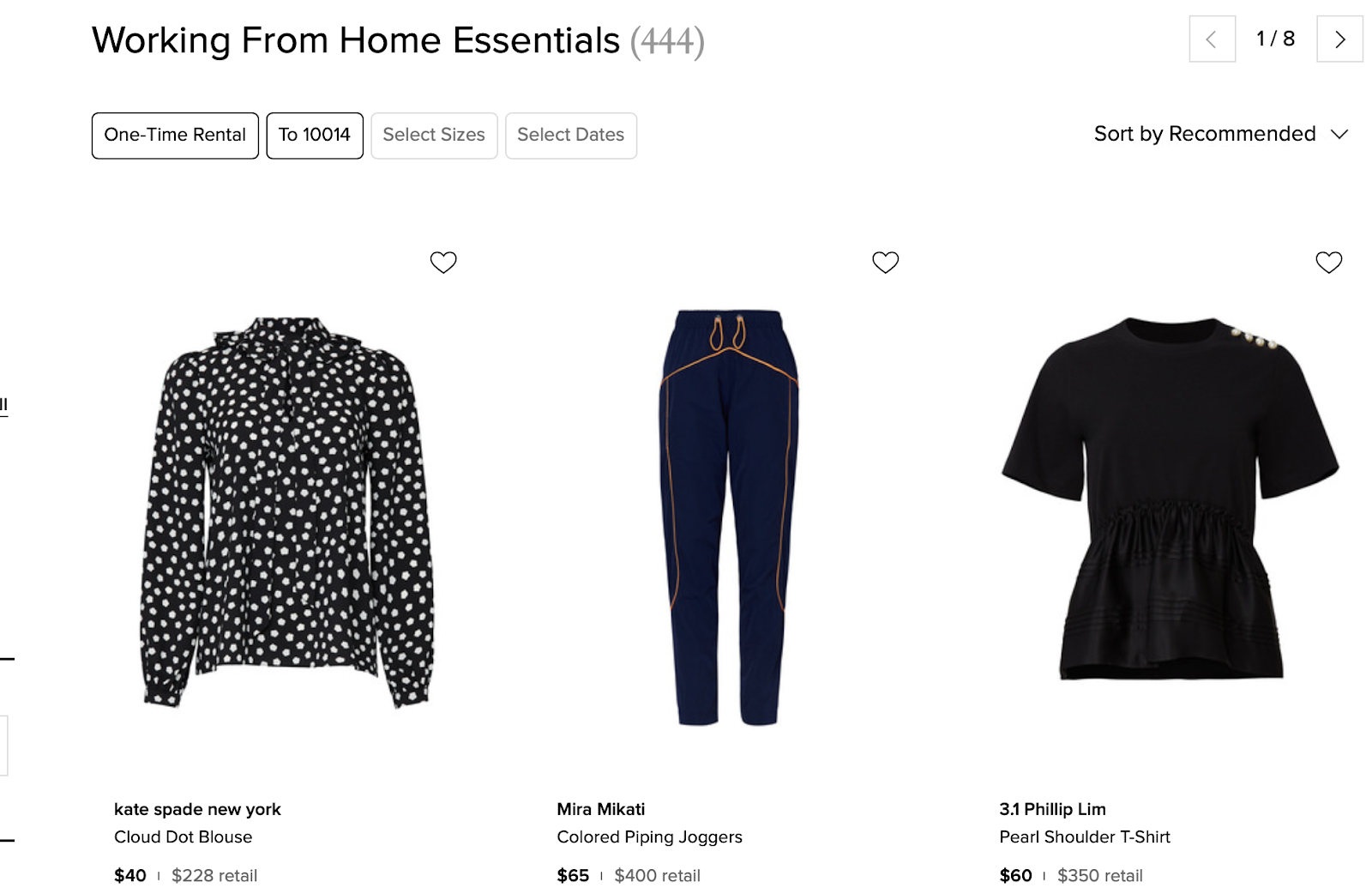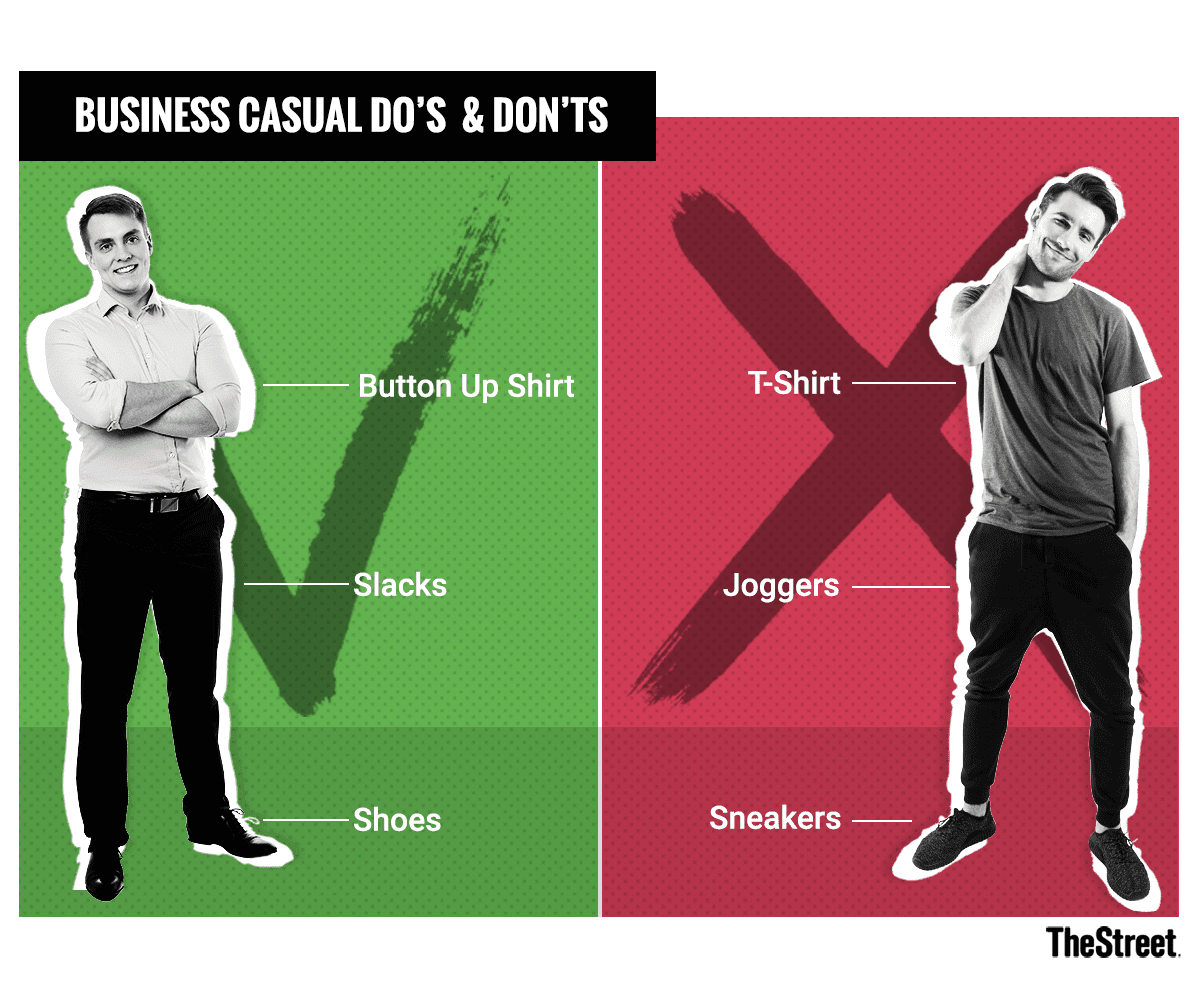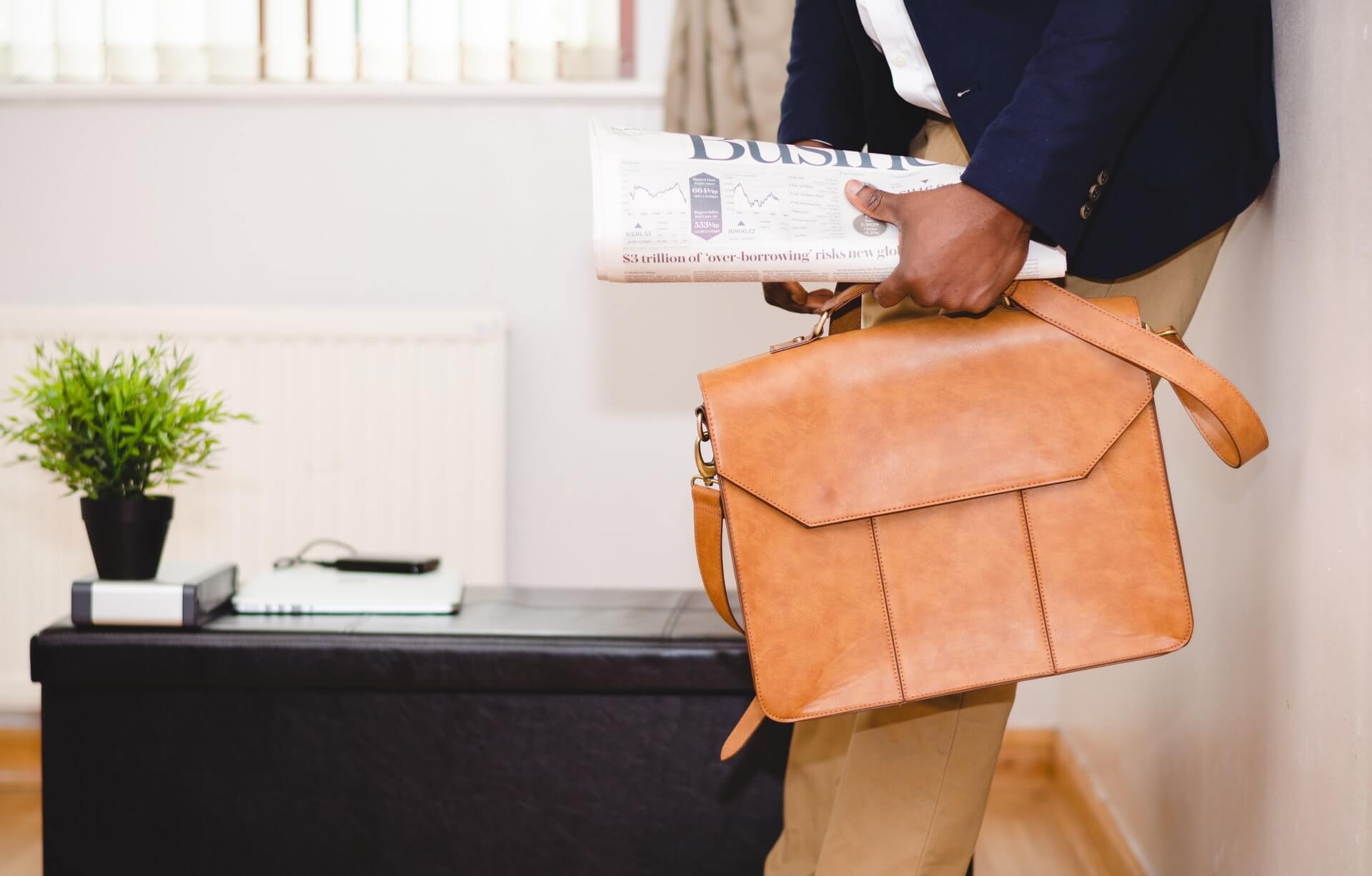The COVID-19 pandemic didn’t just shift where we work—it completely transformed how we dress. With remote work becoming the norm, the line between business casual and loungewear has blurred beyond recognition. Many of us have ditched formal attire in favor of cozy pyjamas, while fashion brands have rushed to meet this new demand, offering work from home collections. But as we navigate the return to in-person work, what does business casual even mean anymore? And how will these pandemic-driven trends shape office attire in the future? Let’s unravel the threads of this evolving dress code and find out how to master business casual in a post-COVID world.

However, when exactly did business casual attire give way to the most recent, casual attire? Moreover, with worklife brimming with casual attires, how has the business casual attire evolved over time and how will it spill over in the post-COVID-19 period?
Further, many times it is not so easy to comprehend the dos and don’ts of business casual outfits. This, often, results in either overdressing or underdressing. Also, even in the business casual way of dressing up, there are certain components which aren’t allowed, something that not many may be aware of. The rules of business casual dressing further vary from one organization to the other.
How, thus, in such a scenario, can one dress to impress?
What is business casual?
A comfortable business casual attire refers to the outfit which strikes a balance between stringent formal-wears and casual ones. As opposed to the earlier outfits that emphasized more on a professional look, business casual attires emphasize on the comfort of the employee, coupled with company regulations.
Corporate casual is a dress code that refers to the informal style of wearing, with some traditional business wear components thrown in to create a comfortable style.
Business casual attire is basically a perfect mix of casual and formal, wherein a person is dressed for work, yet comfortably so.
What is business casual for men?
Following is what constitutes an acceptable business casual attire for men:
1. Shirts
Cool and breezy, shirts are the best options. Ditch the tie and go for full-sleeved ones. Maybe roll on the sleeves for better effect.
2. Blazers
Blazers can add a semi-casual touch to your casual attire. Thrown on one for an interview or an impromptu meeting on a casual attire day to create a business casual look.
3. Pants
While straight-cut formal pants are the traditional pick, you can go for slacks, khakis, or corduroys for business casual. Try picking pastels instead of something all-out like neons.
4. Shoes
What are business casual shoes? Well, while formal shoes are the best pick for usual days, you can pick loafers to complement your business casual attire.

What is business casual for women?
Business casual attire for women is a tad different from that in men. This is also due to the fact that women have a far diverse wardrobe with an array of options to choose from.
Here are some of the staples that can help in business casual dressing:
1. Knee-length dresses/skirts
While minis and micros are out of the question, what constitutes perfect business casual is knee-length dresses and skirts. However, make sure that it’s apt for work and is neither too dressy and frilly nor too tight.
2. Blouses and tops
Buttoned-down blouses with a great fit are always a good choice. It tones down the effect of crisp shirts that form a part of the traditional business attire.
3. Pants
Check the dress policies of your office to figure out what constitutes business casual appropriate pants. In most of the cases, chinos and dress pants work, and sometimes, even culottes. Again, refer to the organization’s policies to figure out the acceptable prints.
4. Shoes
Flats and loafers are the best picks while complimenting your business casual attire. If comfortable, you can pick heels as well. However, avoid open-toed or peep-toed ones. Go for close-toed heels and choose the length that you can go comfortably with.

What is a gender-neutral comfortable business casual?
With changing times, it is important for organizations to include gender-neutral policies in their curriculum. This includes dressing as well. Following is what constitutes gender-neutral business casual dressing:
For the top-wear, one can go for sweaters and buttoned-down shirts, while semi-casual pants and bottoms go well as lowers. Another popular query is: what are business casual shoes? This amplifies in the case of gender-neutral dressing. To answer the question, loafers, leather or canvas sneakers and closed-toe flats constitute the perfect business casual footwear.
Office casual can be tricky yet treat-worthy. Did you know that you can even rent business casual attire online? Yes, websites such as Rent The Runway do offer an array of customized and curated clothing for workspaces, to make your life a little easier, both in terms of financials and the daily choice of how to dress up for work.

What does not constitute comfortable business casual?
While we have discussed at length as to what is a part of a business casual or corporate casual attire, it is equally important to know what does not constitute it too. Often, due to lack of proper communication, the policies aren’t clear. This leads to confusion, leading to inappropriate dressing, more often than not. Knowing clearly what does not constitute business casual would solve that problem.
Here is an expressive (and not exhaustive) list of what does not constitute business casual attire:
- Flip-flops
- Oversized or tight clothing
- Bright shades, such as neons
- Mismatched colours
- Distressed or torn clothes
- Low-cut tops or backless blouses
- Lycra outfits
- Tank tops
- Strapless top-wear or dresses (unless it’s a work party)
- Shorts or minis
Always refer to the dressing policies of your respective organization for an accurate list of what’s acceptable and what’s not.
Jeans: Does that constitute business casual attire?
Another hot debate that has been ensuing for quite some time, is whether business casual attire can be a pair of jeans. The denim lowers have been a part of our lifestyle for quite some time now, and can even be seen at some workplaces that follow a semi-casual dress code. However, does jeans constitute business casual attire?
To answer the question precisely, no, jeans do not constitute business casual. Yes, some organizations do include it in their dress code, but overall it does not fall into the business casual definition.
However, you do need to consider the specific policies of your respective organization before forming conclusions. If there is nothing mentioned, stick to semi-casual pants and lowers or maybe dark shades of jeans which are not distressed or shaded.
Are shorts business casual?
Another interesting question that is posed is, are shorts business casual? Well, no. Shorts, in any way, do not constitute business casual attire because they defy the basic rule: avoid wearing anything which is thigh-length. This stands for all the genders.
That being said, with startups and more casual environments entering the equation, we may have to eat our words and our policies. With the work cultures becoming more progressive and emphasizing more on productivity than what is the length of your pants, even shorts are becoming acceptable. However, this is still in early stages and is mostly found in emerging organizations with informal or remote setups.
However, to be on the safer side, go for casual bottoms or trousers instead of a pair of shorts. While they may be comfortable, the bottom line is that they constitute casual attire and not a business casual one.
Again, refer to your organization’s dressing codes for a more accurate version.
How to crack the business casual dress code?
Cracking the business casual dress code is not as ambiguous as it may sound. As we have mentioned several times, the best discourse would be to refer to the organization’s guidelines.
If those are not clear, badger the HR, literally. It is important to know what constitutes the perfect dress code for your work. Given business casual dress code is a risky line where anyone can either overdo or underdo it, it’s better to be cautious and ask first, rather than do and get reprimanded later.
Here are a few things that you can do to crack the business casual dress code at your workplace:
- Look before you leap: Precisely. Look around and observe how people have been dressing up.
- Consult the HR: If you are not sure, it is always better to speak with the HR.
- Consider your calendar: Be wary of the organizational calendar. Most have casual Fridays and some other days wherein business casuals can be worn.
Business casual dress code: The do’s and don’ts of it
Office casual or business casual attire is casual and comfortable on the surface, but there lie a plethora of rules and regulations underneath for you to follow. It’s better to know the do’s and don’ts beforehand.
Here are a few things to keep in mind while dressing up business casual for work:
- Choose the right fit: Do not go for baggy or tight fits. While one makes you look bogged down, the other may come off as offending.
- Choose the right shade: Do not go for neons. Choose pastels that go easy on the eye and create a decent impression.
- Choose the right shoe: Do not go for flip-flops or open toes. Choose close-toed loafers or heels and you should be done.
Office casual is a breezy way of dressing. Make it worth your day by picking the perfect outfit that goes with your mood and organization’s policies.
What are Casual Fridays and how to dress for them?
Jeans are ok for “casual Fridays” if your company has that. Casual Fridays are designed as a respite from the traditional business casual default and is a step towards a more “casual casual” wear.
When the company initially institutes a casual Friday, they start off not very different from any other day but over time people slowly drift and embrace the more casual look, including sporting a pair of jeans or perhaps a sleeveless blouse.
For most people and companies, casual Fridays give way for the team to showcase their personal style a little more freely without changing the overall dressing sensibilities of the company.
As the practice of casual Fridays becomes more widely spread, even those in customer-facing roles start to embrace it as even the customers slowly become accustomed to this new trend.
Business casual attire: The change in the COVID-19 world and the transition thereof
The COVID-19 world is a changed one. With remote working and social distancing being the new normal, most of us are working out of our pyjamas. The cost of investing in work attire has gone down. While people do dress up for video calls and meetings, slowly, the dressing line is blurring even on the calls.
Casual attire meaning
Casual attire is simply an informal dress code. Not uncommon, but definitely unheard of in most of the office spaces. However, with our lounging attitudes in the COVID19 world, the post-COVID19 world too is leaning towards casual business attire, rather than traditional or business casual ones.
While grooming and hygiene still remain imperative parts of work culture (or any culture thereof), COVID19 has made it possible to rethink office attire. The earlier argument in favour of formalwear was that it instilled a sense of responsibility and shunned a casual attitude. With remote working being the new normal, wherein many work out of their beds, this one has been truly thrown off the window.
Thus, are we ready for a casual attire workplace after the lockdowns lift and the offices reopen? Who knows?
The Zoom effect
Another thing that has impacted employees’ thinking towards officewear, is the video calls. What started off as office meetings where everyone joined in after changing, the long lockdown has blurred even those lines. People are considering having their discussions in pyjamas!
Suffice to say that once the lockdown lifts, people will be more inclined towards casual attires. It is to be seen how casual Fridays will turn into casual weekdays or if dressing would be completely left to the employee.
Business casual attire: The bottom line
Business casual attire has been an exciting overture for the employees, for a long time now. It is to be seen what changes will entail post the COVID-19 period.
What will be the new normal for business casual dress code? Will it exist? Or will it make way for the new normal, casual attire? It will have to be found out.
What is the business casual couture at your workplace? Do tag us in your dressy days at work at the @HarmonizeHQ on Twitter.
Also read: A complete guide to reopening offices amidst COVID-19



